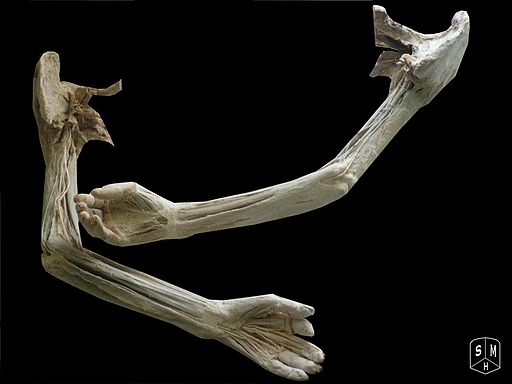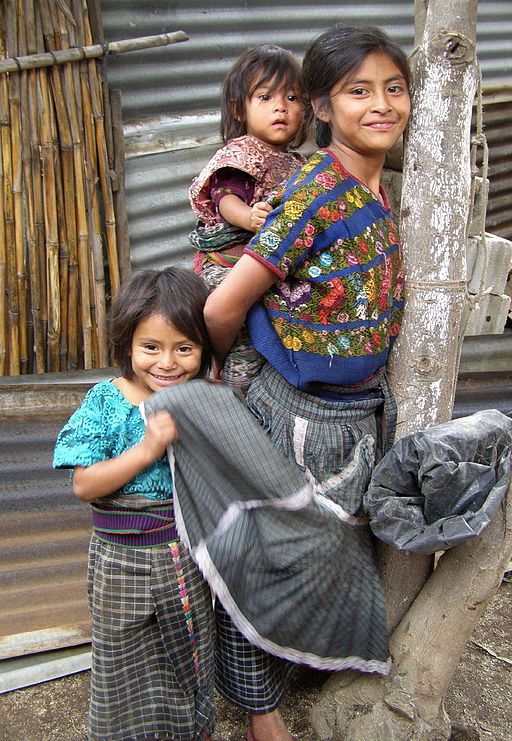Many cultures have shown respect for the bodies of the dead and have had funeral customs that reflects that respect.
In many parts of the world, when a person dies, the body is buried in an unearthed pit or in a designated burial site. Sometimes, the remains are also cremated and ashes are stored in urns, which can be brought home by the surviving family or placed in a columbarium. However, such methods of burying the dead are not the only burial methods practiced all over the world. Some cultures have their own age-old burial methods that are unique and suitable for their specific locations. There are also the latest advances in burials that offer better, more practical uses of cadavers. Check out some of them below.
Air Sacrifice Burial
The open-air burial or “casting-out” burial is a very ancient custom…
In Mongolia, the ceremony is held in the early morning hours of the day that the lama (high priest or Tibetan Dharma teacher) approved, being the one to direct it. If the deceased is wealthy, more lamas may be afforded to hold the ceremony. In general, burial days approved by lamas are Mondays, Wednesdays and Fridays. It is believed by the Mongolians that the soul of the dead may return so lamas pray that the spirit be guided to heaven and pray that the surviving family be protected from misfortunes.
The face of the corpse is covered in a white long piece of silk cloth. The body is unclothed just as it was when born. Before the casting-out day, incense is burned by the family as they watch over their dead. Every dog in the neighborhood is tied so as not to find and untimely eat the remains.
At the right moment, the corpse will be placed on a cart to be pulled by a cow or horse. In some areas such as South Mongolia, the corpse is placed over the back of a horse and as the animal reaches the funeral site, it is forced to gallop so the body will be thrown off. Stones are then put next to the body’s head to easily find the site later and select pieces of meat are offered. Placing the corpse in the prairie allows it to be sacrificed to predatory animals. If the predators ate the body very quickly, the person’s spirit is innocent and pure and reached heaven already waiting to be reborn. If three days have already passed and there are still remnants of the corpse, the person’s soul was not allowed in heaven and might still be in the cadaver. The lama, then, returns to say more prayers.
Biocremation (or Resomation)
Resomation involves the dissolution of the deceased in an alkaline solution, and is billed in the US as “green cremation” or “flameless cremation”.
This method is also called alkaline hydrolysis and share similarities with other natural physiological processes in the body. The human body’s cells and tissues are converted into watery micromolecules solution so the bone structures containing mineral compounds like calcium and phosphates will be left. The process involves no combustion and is thus environment-friendly because there are no toxins or pollutants produced. The remains are made into powder and then stored in its designated container. Right now, this method is legally practiced in six U.S. states: California, Oregon, Colorado, Maine, Minnesota and Maryland.
Who’s the Dead?
A traveler was passing by a small town and during that time there was also a funeral procession on the street.
He asked a local, ‘Who’s the dead?’
The local answered, ‘I’ve no idea but I know that it is the one lying in the coffin.’
Cheap Versus Costly Burial
A man and his rude, nagger of a wife was traveling to Jerusalem when the wife fell ill and died.
The undertaker asked the husband, ‘Do you want to ship her remains home or bury it here? Shipping her will cost you about $5,000 or more while burying her here in the Holy Land will just cost you $150.
The man thought about his options and replied he will take her home.
The undertaker was surprised and asked again, ‘Why do you prefer the costlier option? Perhaps you love her so much you want her to remain close to you even after death.’
The man said, ‘Oh mister, you are wrong. You see, a man died here long ago and he resurrected after three days. I simply cannot take that risk!’
Corpse Compost

Swedish company develops a green procedure that involves freeze drying a body and returning it to the soil without chemicals.
It is another ecological burial method that utilizes new combinations of reliable techniques in preparing the remains for natural decomposition. After death, the corpse is frozen to -18 degrees Celsius within one and a half weeks and then immersed in liquid nitrogen to make it brittle. Later, it is transformed into organic powder through vibrations at a precise amplitude. The powder is then brought into the vacuum chamber so that the remaining water may evaporate.
Dried powder is passed through the metal separator to remove mercury and remaining surgical parts. The powder may also be disinfected if necessary. At this stage, the powder may be laid in a cornstarch coffin. As long as the powder is dry, it will not decompose and remain odorless and hygienic. The coffin is buried in shallow soil where it can turn into compost in a span of 6-12 months. A tree or a bush may be planted above the coffin, if desired, by the family.
Plastination
Plastination was developed by Dr. Gunther von Hagens in 1970’s, originally as a technique for preserving the soft tissues for purposes of scientific research. Body fluids are replaced by curable liquid polymer to permanently preserve it and make it clean, dry, robust and non-toxic. Since then, the doctor diversified this process to be used on all humans. Often the remains are skinned, dissected (at some degree) and displayed to resemble various daily activities.

Plastinated bodies may be found in museums, medical and dental schools. Apparently, thousands have already registered themselves as donors for plastination. Yet, the entire process takes up to 1,500 hours in order to complete.
Reef Ball
Eternal Reefs offers a new memorial choice that replaces cremation urns and ash scattering with a permanent environmental living legacy.

The reef balls are created from a special, environment-friendly concrete mixed with the cremated remains of the departed. The ball will immediately become a marine ecological unit. The smallest reef ball has a measurement of 3 feet by 4 feet and weighs over 700 pounds. There are also reef balls measuring 5 feet by 6 feet that weigh roughly 4000 pounds. Families of the deceased are even encouraged to make the reef balls. Thus, a reef ball is not merely a memorial, but the family’s personal tribute to their loved one. Larger reefs may include more than a single family member. In many instances, departed pets are even included in the mix.
Photo Credit:
- Reef ball images courtesy of EternalReefs.com
- Compost image by normanack [CC-BY-2.0 , via Wikimedia Commons
- Plastination by Anatomist90 (Own work) [CC-BY-SA-3.0 , via Wikimedia Commons


